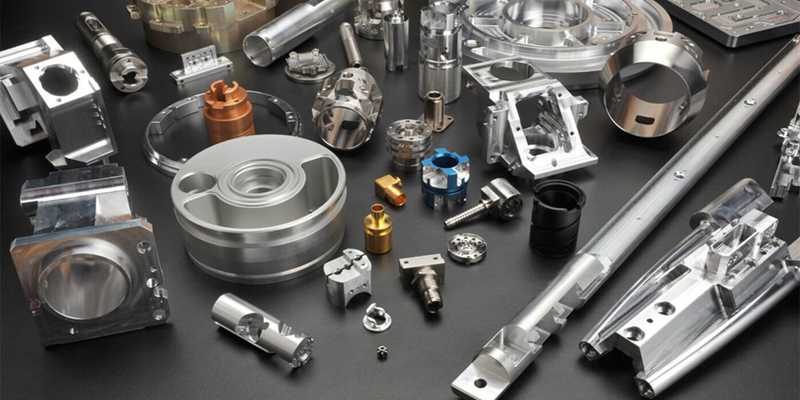- December 16, 2022
Metal fabrication is inarguably the true driving force behind the entire range of manufacturing industries. It covers the complete process of converting raw metals to finished products through the use of various industrial processes.
In this article, we will answer the question of what is metal fabrication. The discussion will center on different types of metal fabrication processes, common raw materials, and an overview of 21st-century metal fabrication trends.
What is Metal Fabrication?
Let us kick off the discussion by establishing a formal definition of metal fabrication. It is the process of building metal structures through processes like cutting, bending, and assembling. Any manufacturing method that fits this short definition is a metal fabrication process.
Now, we can talk about the workflow metal fabrication shops follow for their projects.
Workflow for Metal Fabrication
The metal fabrication industry comprises a wide range of operations. Fabrication companies follow a sophisticated workflow in their projects, and each step contributes to the overall success. Below, we will briefly summarize the common workflow for metal manufacturing.
1. Idea Conceptualization & Design
Every product starts as an idea. Different teams sit together and work out what the product should be like and how will it work. Input at this stage comes from professionals like product designers, engineers, and of course, fabricators. Creative use of technologies such as CAD (Computer Aided Design) and CAE (Computer Aided Engineering) is important in the idea conceptualization and design stage.
2. Prototyping Stage
The next step is to give the concept a physical form to test its working feasibility. Metal fabrication plays a strong role at this stage in the development of functional metal prototypes for testing and feedback. However, modern rapid prototyping technologies like CNC machining are quickly getting popular for manufacturing at this stage due to their benefits like speed and cost.
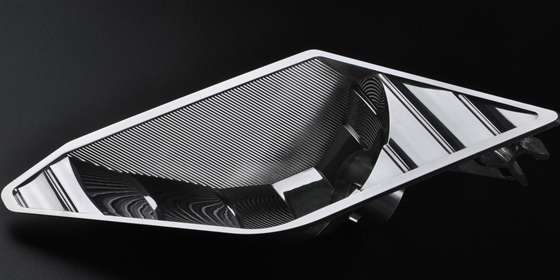
3. Metal Fabrication Process
Once the design team agrees on a prototype, usually after a few iterations, the metal fabrication phase begins. Engineers and technicians work out the final kinks, draw up manufacturing drawings, and manufacture the product in its final form. This stage can comprise a wide variety of metal fabricating processes, depending upon the design.
4. Post-Processing
Metal fabrication converts raw materials to their desired structural forms. However, some finishing touches may remain, for which engineers use post-processing techniques like metal surface finish (painting, polishing, etc).
Types of Metal Fabrication Processes
The above discussion shows that metal fabrication is a very broad field. While it is not feasible to explain each and every process in detail, we will talk about some of the most common ones to paint a clear picture in your mind of what is metal fabrication.
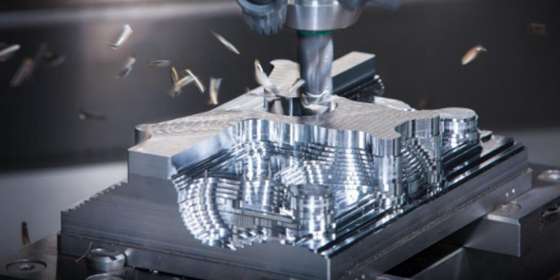
1. Machining
Machining is the process of converting a body to the desired shape by removing material from its surface. The material removal is often achieved by the use of sharp-edged cutting tools, which shear off material from the workpiece in the form of chips or metal dust.
It is an important branch of metal manufacturing and oftentimes the fabrication potential of a material is judged by its machinability.
Generally, metal machining processes include milling, turning, drilling, grinding, etc. Each of these methods acts on the same principle of metal cutting but with fundamental differences between them. For example, milling is incredibly versatile and can perform a variety of operations on a workpiece while drilling is exclusively a hole-making technique.
Machining is popular in metal fabrication shops owing to its versatility in terms of manufacturing capabilities and material compatibility; it can cut any metal with the right tools and skill. Moreover, machining processes boast high dimensional accuracy (up to +/- 0.001mm) and smooth surface finish capability.
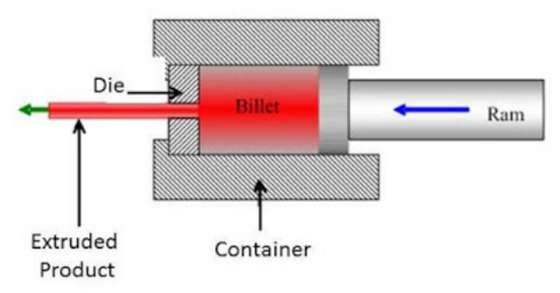
2. Extrusion
Extrusion is a metal fabrication process that produces prismatic forms like pipes/tubes, window frames, railings, casings, etc.
The process works by forcing the raw material through an orifice, which gives the product its required cross-sectional shape. While going through the orifice, the metal plastically deforms (permanent deformation) into the shape of the orifice.
There are further two types of extrusion processes, in general. Hot extrusion is a hot working process that heats metals to a high temperature before passing them through the extrusion die. This helps preserve its material properties but is a costly setup. Cold extrusion, on the other hand, is a room-temperature process that leads to higher strength and better surface finish but cannot deal with complex cross-sections.
Overall, many fabricated metal products around us are a product of extrusion. It is popular as it has a high throughput and can handle complex geometries. Furthermore, it also produces good surface quality products.
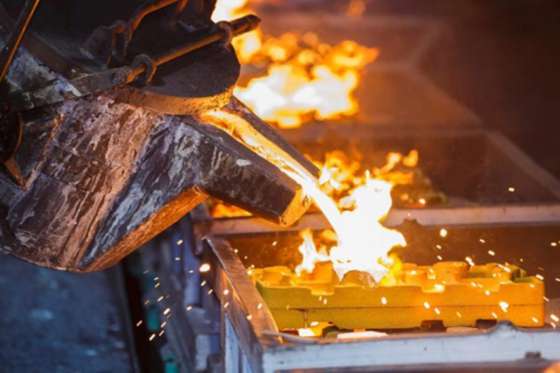
3. Casting
Metal casting is one of the oldest metal fabrication processes. Metal is heated to its melting point to convert it to liquid form. This molten metal is then poured into a die (which is also a fabricated metal product), which has a cavity of a specific shape inside it.
The molten metal then solidifies inside the die into the cavity’s form. Finally, an ejection mechanism ejects the part out of the die, which is then ready for post-processing.
Casting is easily a useful metal fabrication process on our list. It is compatible with all metals, produces near-net shape products that need almost no finishing, and handles very complex geometries. Moreover, it oftentimes enhances the material properties of the raw metals through heat treatment. In short, it is a productive fabrication technique with high profitability.
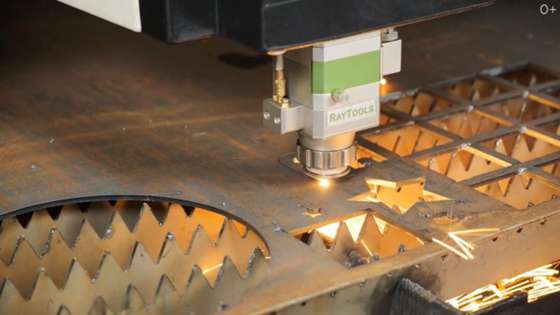
4. Cutting
Cutting is perhaps the most intuitive concept to grasp in metal fabrication. It is a straightforward application where fabricators use various cutting tools to cut the material into specific forms.
Traditional cutting techniques make use of sharp-bladed tools like saws and shears. In recent decades, techniques like laser cutting, plasma cutting, waterjet cutting, and oxyfuel cutting have gained popularity owing to their higher efficiency, power, and speed.
Cutting processes are highly utilitarian for plate and sheet metal fabrication shops. This is because larger workpieces are cut down to custom sizes for further metal fabrication or for sending to the market as standard-sized materials.
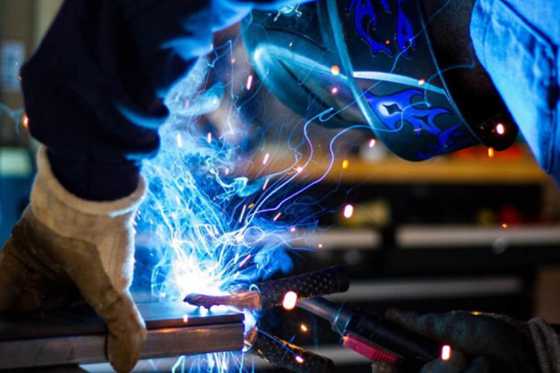
5. Welding
Welding is one of the most common fabrication processes in metal fabrication shops. It works on the simple principle: join different pieces of metal by melting them at a common intersection point and allowing both to solidify back into one, combined piece. Consequently, it creates a permanent joint between the two workpieces.
Welding is compatible with a variety of materials and has numerous types. Common types of metal welding processes include Arc Welding, Gas Tungsten Arc Welding (GMAW), resistance welding, friction welding, etc.
Each of these processes has a different mechanism for joint metals and a different group of parameters governing the process. Some generate heat by application of electric current, some utilize the heat from friction, while others may use external heat sources. The joint quality and defects differ between these techniques but all share the common goal of creating permanent joints between two metal workpieces.
This list of types of metal fabrication processes does not cover the entire metal fabrication industry. But, we also have to keep this article concise. Keeping this in mind, we are sharing a condensed list below of other common metal fabrication processes which you may explore in your own time.
- Blanking
- Stamping
- Forging
- Drawing
- Forming
- Punching
- Shearing
- Bending
- Laser Engraving
Common Metal Material for Fabrication
The only limit on the number of metals compatible with metal fabrication is almost the same as the number of metals itself. Some metals, however, are much more common due to their desirable material properties such as high metal strength.
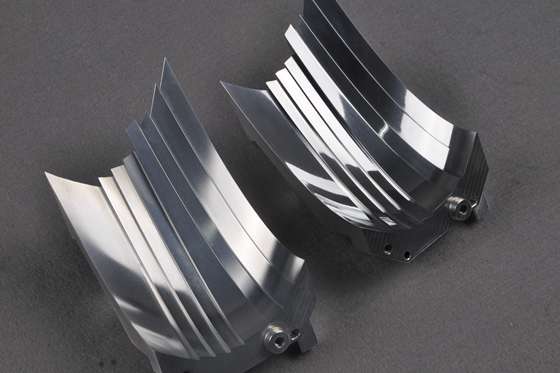
Below is a chart of the most popular metals and alloys for metal fabricating.
| Metal | Properties | Applications |
| Steel (Mild Steel, Stainless Steel, High-Carbon Steel) | • High Strength & Hardness • High Fatigue Strength • Ductile, Malleable | • Aerospace • Automotive Chassis, Transmission • Heavy Machinery |
| Aluminum Alloys | • High Strength-to-Weight Ratio • Lightweight • Corrosion Resistant | • Spacecraft, Aircraft • Automotive Engine Blocks • Window Frames |
| Copper Alloys (Brass, Bronze) | • Electrical Conductivity • Thermal Conductivity • Aesthetic Appearance | • Electrical Wiring, Motor Winding • Musical Instruments • Kitchen Hardware |
| Magnesium | • Strength to Weight Ratio • Thermal Resistance • Corrosion Resistance | • Electrical Appliances • High-Speed Machinery • Medical Devices due to Biocompatibility |
| High-Performance Alloys (Titanium, Inconel) | • High Toughness, Hardness, Tensile Strength • Lightweight • Corrosion-Resistance | • Heavy-Duty Aerospace Jet Engine Components • Oil & Gas Extraction • Marine Industry |
Metal Fabrication Stock Types
Fabricated metal products come in all shapes and sizes. However, they usually start as one of the standard geometric forms of raw materials found in all well-stocked metal fabrication shops.
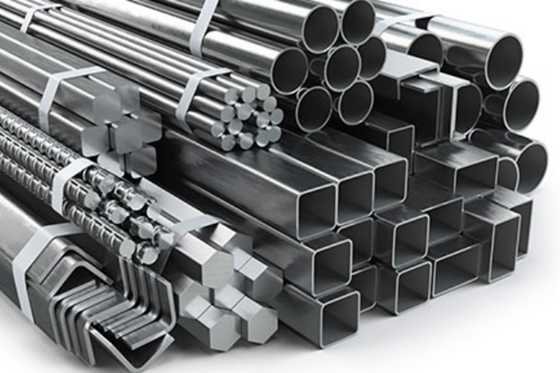
A list of common metal fabrication stock types is as follows:
- Bars (Square, Rectangle)
- Rods
- Pipes
- Sheetmetal
- Plates
- Castings
Metal Fabrication in the 21st Century
The technological boom of the 4th industrial revolution, or Industry 4.0, has been a game changer for metal fabrication shops. Metal fabrication is now more accurate, efficient, cost-effective, and dynamic.
In this section, we go over a few innovative developments that are redefining the fabrication industry.
High Precision Manufacturing with Robots
The application of robots has enhanced the accuracy of metal fabrication processes in many folds. Robotic arms are now a common technology at high-end metal fabrication shops, performing crucial tasks such as machining, welding, and assembly. Furthermore, they are not only more accurate but much faster and more powerful than manual workers.
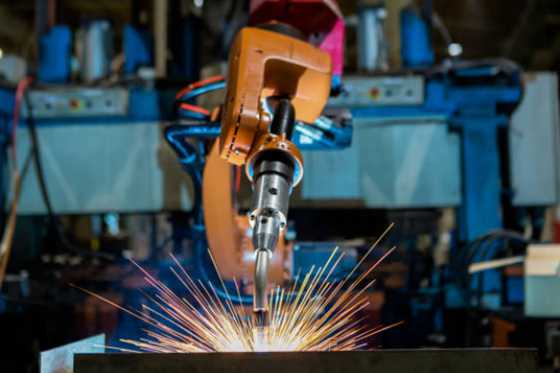
Automation
The shift from manual to automatic metal fabrication is not entirely new but it is an ongoing movement. The advent of technologies such as Computer Numeric Control (CNC) machines, which can fabricate complex parts without any human intervention, is a prime example of the critical role of automation in this industry’s future.
Companies relying less on manual labor means they can focus on upskilling their workforce to deal with more meaningful, productive tasks like technology management. This enhances product quality, profitability, and workforce satisfaction.
Real-Time Monitoring
The application of sensors and data monitoring devices has been remarkable for the metal fabrication industry. Sensor implementation allows for real-time monitoring of fabrication processes, enabling machinery to correct itself upon detecting the slightest of deviations from the desired behavior.
Moreover, preventive maintenance is also a useful application of monitoring, as problems can be detected well before they cause a shutdown.
WayKen's Metal Fabrication Services
In general, metal fabrication involves several manufacturing processes, and each process has its own unique characteristics and applications. Here at WayKen, we are experts in manufacturing and offer a wide range of metal fabrication services such as CNC machining, 3d printing, sheet metal fabrication, casting, and more.
Our experienced engineers also provide the necessary help in the preparation of the design, checking for any problems at this stage and correcting them before production begins. This helps to make the production process easier and more economical. Simply upload your CAD files today and you will get DFM feedback and a quote.
Conclusion
Metal fabrication is an essential part of our economy. Without it, we would not create the components that keep our businesses, engineering, and vehicles functioning. In addition, an array of fabricated metal products can be seen in everyday life – from bolts and screws, cutlery, pipe fittings and car parts to hand tools. Therefore, the intricate details involved in precision metal fabrication affect many aspects of our lives.
FAQs
What is the purpose of metal fabrication?
Metal fabrication serves the important purpose of giving metal components their desired shape. All fabrication processes perform some operations on raw materials to convert them to a final, useful geometry. It also involves assembling fabricated parts, without which we would not have functional products.
What are the benefits of metal fabrication?
Metal fabrication is the driving force behind technological and industrial development. It is a highly versatile tool comprising numerous operations. Each process has its specific advantages, which allow us to add variety to our metal products and economically manufacture complex parts with high precision.
What is the cost of metal fabrication?
Fabrication costs depend on a variety of factors. The largest factor is the raw material and fabrication process. Fabrication costs also increase with manufacturing accuracy, surface quality requirements, geometry complexity, and assembly. For the specific cost of each project, you can ask the manufacturer for a quote.

